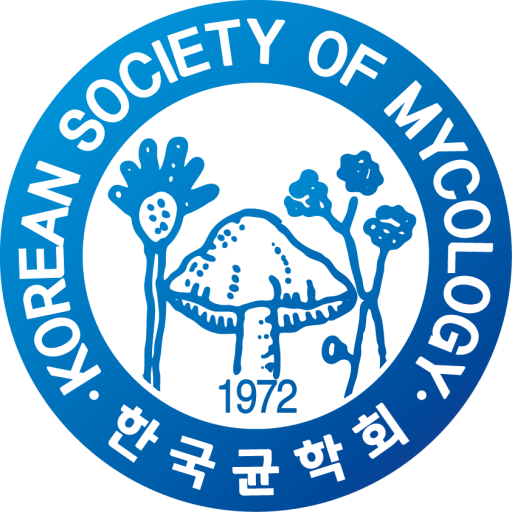Hob1-Dependent GPI Processing Orchestrates GPI-Anchored Proteins in Fungal Blood–Brain Barrier Invasion
Jeeseok Oh, Seong-Ryong Yu, Doyeon Won, Hyunjin Cha, and Yong-Sun Bahn*
Department of Biotechnology, College of Life Science and Biotechnology, Yonsei University
*Email: ysbahn@yonsei.ac.kr
Cryptococcus neoformans is a fungal pathogen causing nearly 200,000 annual deaths from meningoencephalitis. Crossing the BBB (blood-brain barrier) is critical for brain infection, but the exact mechanism remains unclear despite several proposed theories. Cryptococcal cells bind to brain endothelial cells, suggesting that cell adhesion and surface modifications play pivotal roles in virulence. Among cell surface proteins, GPI-APs (glycosylphosphatidylinositol-anchored proteins) are associated with virulence and are dynamically transported to the cell membrane or wall in response to environmental conditions, potentially influencing fungal-host interactions. Our previous study identified Hob1 as a key regulator of brain infection, as the HOB1 deletion mutant (hob1Δ) exhibited reduced BBB transmigration, adhesion, and expression of brain infection-related genes. Transcriptomic analysis of hob1Δ revealed significant changes in GPI processing proteins as well as the GPI-APs they regulate. This suggests that Hob1 facilitates BBB invasion by regulating GPI-APs via the GPI pathway, which influences their transport. To systematically analyze the GPI pathway of C. neoformans, we constructed deletion mutants of genes encoding GPI processing genes to assess their roles in BBB crossing and brain survival. These findings highlight the critical role of Hob1 and its downstream network in brain infection by C. neoformans, providing novel insights into fungal neurotropism.

 English
English